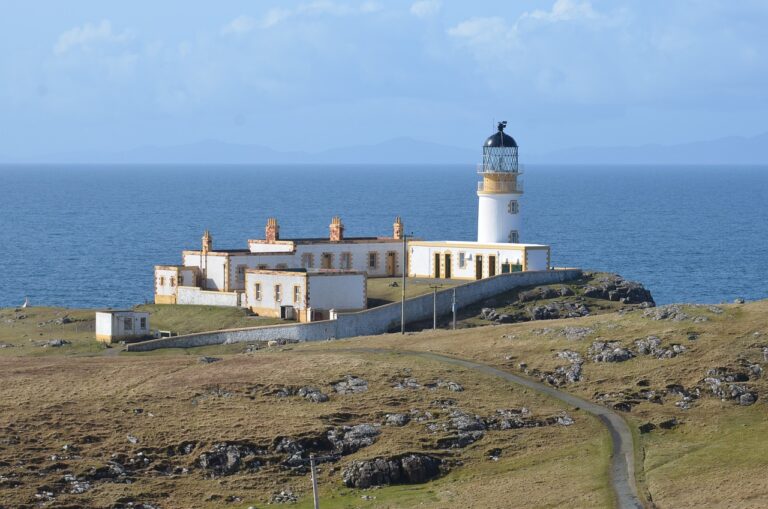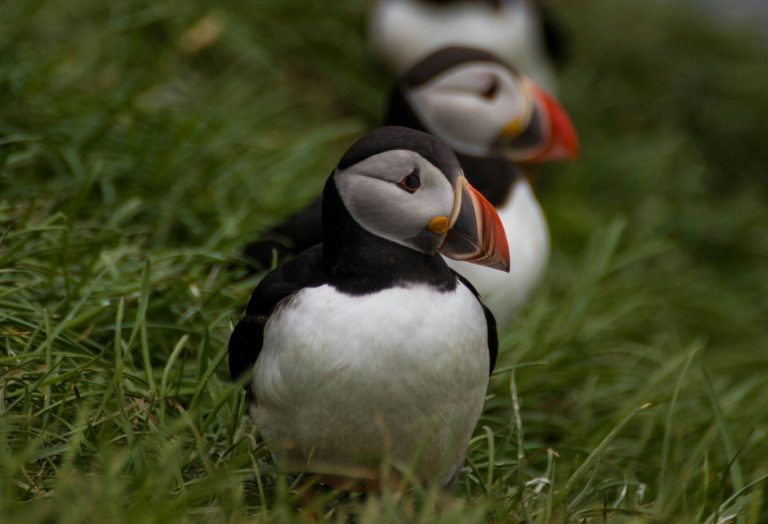The Isle of Skye
The Isle of Skye, often called just "Skye," is the largest island in the Inner Hebrides of Scotland. It's famous for its beautiful landscapes, rugged mountains, and rich history
Fairy Pools
Nest Point Lighthouse
Puffins on Skye
Old Man of Storr
Geography and Scenery
Skye is known for its diverse and striking scenery. The island features tall, jagged mountains like the Cuillin Hills, which are popular with hikers and climbers. Another famous spot is the Quiraing, with its unique rock formations and stunning views. The island’s coastline is dotted with cliffs, bays, and beaches that offer breathtaking views of the sea. One of the most popular natural attractions is the Fairy Pools, a series of clear, blue pools and waterfalls that are perfect for exploring.
History and Culture
Skye has a deep cultural history, with strong connections to Gaelic traditions. The name “Skye” comes from an Old Norse word meaning “cloud island,” reflecting its often misty mountains. The island has been inhabited for thousands of years, influenced by Norse settlers and Scottish clans like the MacLeods and MacDonalds. Dunvegan Castle, the historic home of Clan MacLeod, is the oldest continuously inhabited castle in Scotland and is a must-see for visitors.
Gaelic language and culture are still alive on Skye. Many people speak Gaelic, and traditional music, storytelling, and arts play a big role in island life. Skye has inspired many artists, poets, and musicians over the years.
Wildlife and Nature
The Isle of Skye is a great place for wildlife lovers. You can spot white-tailed eagles, golden eagles, and puffins among the birdlife. The surrounding waters are home to seals, dolphins, and sometimes whales. The island’s plant life includes colourful wildflowers that bloom in spring and summer, adding to its natural beauty.
Tourism and Economy
Tourism is very important to Skye’s economy. Visitors come to enjoy outdoor activities like hiking, climbing, kayaking, and wildlife watching, as well as to explore the island’s historical sites. Skye has become a popular tourist destination, which has led to concerns about over-tourism. However, efforts are being made to ensure that tourism on the island remains sustainable and respectful of its natural and cultural heritage.
Summary
The Isle of Skye is a unique and beautiful place where nature, history, and culture come together. Whether you are interested in its stunning landscapes, rich history, or vibrant Gaelic traditions, Skye offers a special experience that is both timeless and unforgettable. It remains one of Scotland’s most beloved and iconic locations.
Skye blog ...
Would you like to share your Scotland stories?
Why not check out my travel resources or get in touch with your experiences





